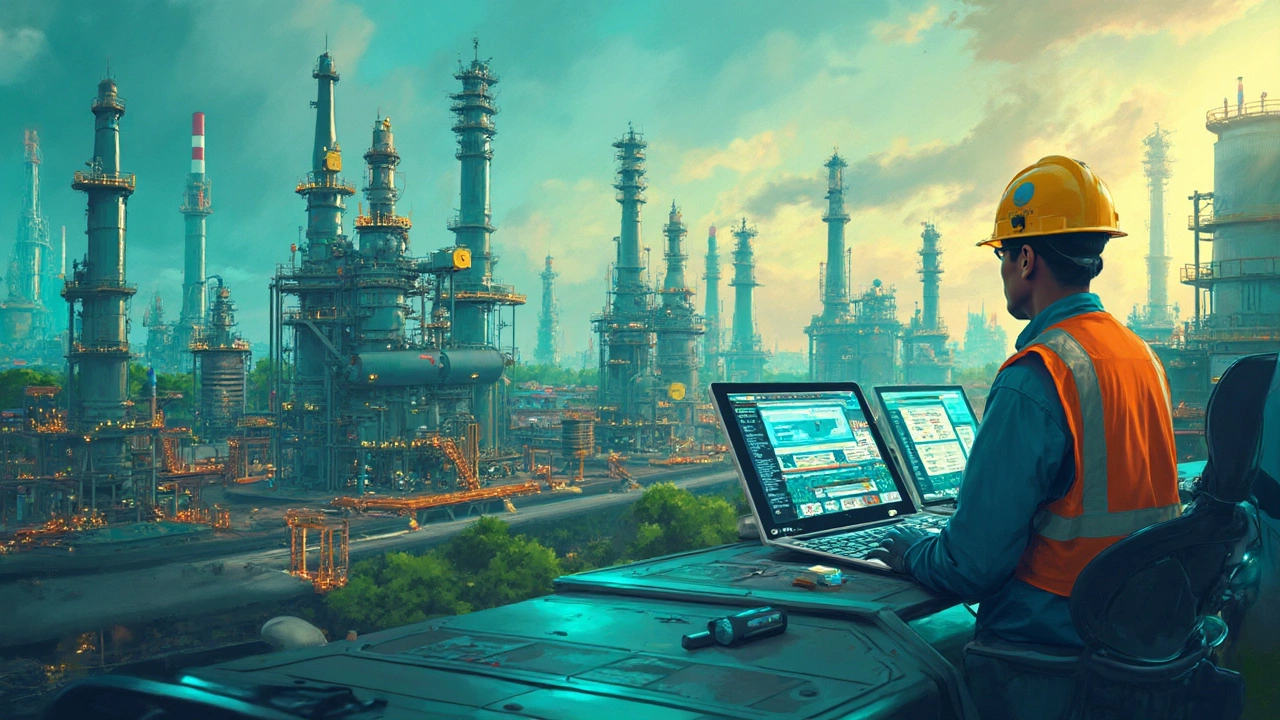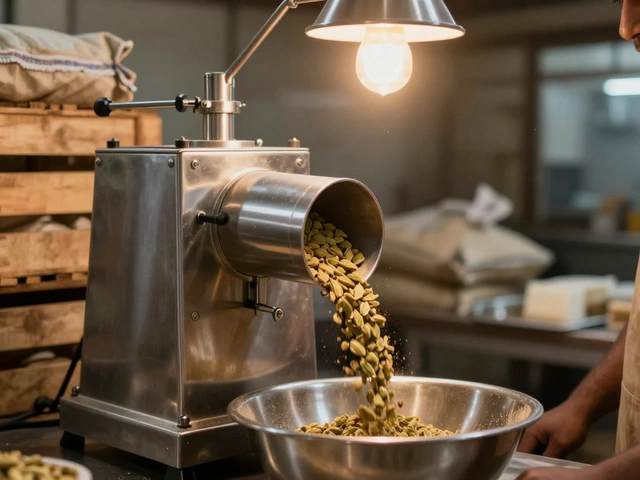Chemical Manufacturers in India: What’s Happening and How to Win
If you’re curious about who makes the chemicals that end up in medicines, fertilizers, plastics or your everyday cleaning supplies, you’re looking at India’s chemical manufacturers. They range from tiny specialty labs to massive polymer complexes that ship worldwide. Understanding the landscape helps you spot opportunities, avoid pitfalls and decide if setting up a plant makes sense for you.
Key Segments of Chemical Manufacturing
India’s chemical industry isn’t one monolith. It splits into a few clear groups:
- Pharma chemicals – the active ingredients and intermediates that power medicines. Baddi, Hyderabad and Gujarat lead here, with strong R&D and export focus.
- Agricultural chemicals – pesticides, fertilizers and growth regulators that keep the country’s farms productive.
- Basic chemicals – bulk products like chlorine, caustic soda, ethylene and methanol. These form the backbone for many downstream industries.
- Specialty chemicals – high‑value, low‑volume products such as dyes, surfactants, polymers and additives. They often require tight process control and innovative formulations.
Each segment faces different demand drivers. Pharma chemicals surge with new drug pipelines, while basic chemicals ride the global commodity cycle. Specialty chemicals grow when manufacturers look for greener or more efficient solutions.
How to Navigate Regulations and Grow Your Plant
India’s chemical rules have gotten stricter, especially after the 2025 update on banned chemicals. Before you buy a reactor, check the latest list of prohibited substances – you don’t want a costly shutdown because a material got black‑listed.
Getting the right licences is a step‑by‑step process: start with the Ministry of Environment’s consent‑to‑operate, then secure the Pollution Control Board clearance, and finally register with the Directorate General of Foreign Trade if you plan to export. Skipping any of these can lead to fines or a halted project.
Once compliance is sorted, focus on efficiency. The 5 M’s – Man, Machine, Material, Method, Measurement – still hold true. Investing in modern automation cuts waste, while regular process monitoring keeps product quality steady and helps you meet both domestic and overseas standards.
Don’t ignore sustainability. Customers worldwide now prefer chemicals made with lower carbon footprints. Switching to renewable energy sources for your plant or recycling waste streams can open up premium markets and even qualify you for government incentives.
Finally, keep an eye on talent. Skilled chemists and process engineers are in high demand. Partner with local institutes, offer on‑the‑job training, and you’ll build a team that can adapt to new formulations and regulatory changes faster than the competition.
In short, India’s chemical manufacturers sit at the crossroads of huge domestic demand and expanding global trade. By picking the right segment, staying on top of bans, and pushing efficiency and sustainability, you can turn a complex industry into a rewarding venture.
Future Prospects of Chemical Manufacturing in India
India's chemical industry is on the brink of a transformative era, driven by technological advancements and sustainability demands. This article discusses how innovations are shaping the industry's landscape and explores the potential for growth in both domestic and international markets. Discover the role of government policies and the impact of global trends. These insights provide a glimpse into why India might dominate the chemical scene in the coming years.
Read More




